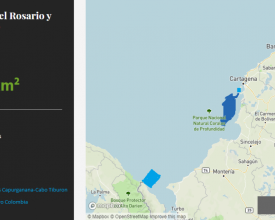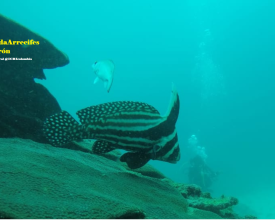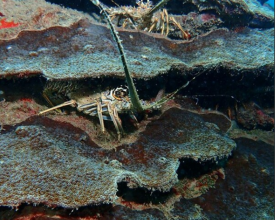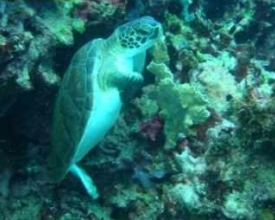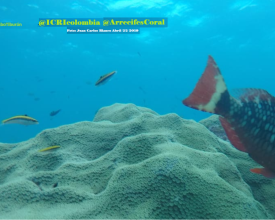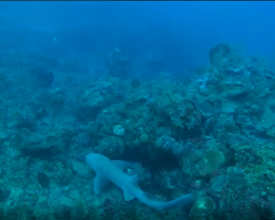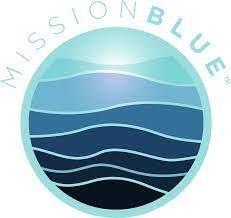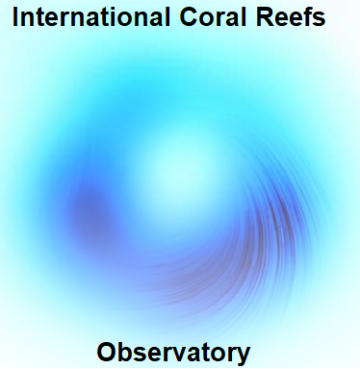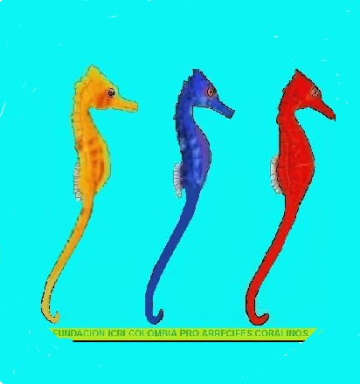
Prevention is better than Restoration, alternatives based on implementation of SDG 14
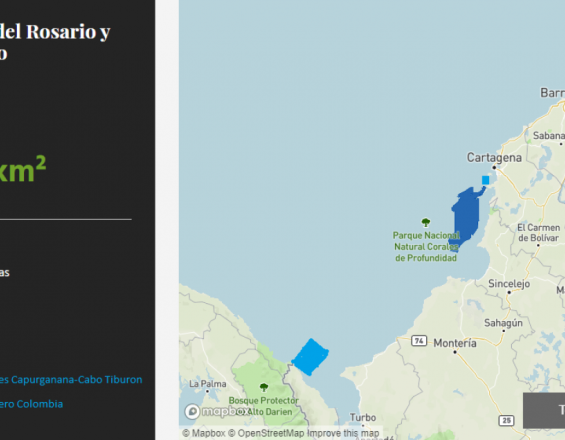
We improved coral reef conservation effectiveness from bottom-up scheme, showed the world 2 successful case studies where healthy coral species and natural recruitment of all Caribbean coral species can still be seen. Both Hope Spots were declared Hope Spots in 2018. They are currently the most resilient reefs in the Caribbean and healthier than government protected areas. Capurgana-Cabo Tiburon Reefs near Playona Sanctuary, was declared by the Coral Reef Observatory of ICRI Foundation Colombia and Mission Blue . Varadero Colombia is in the north closer to the Corales del Rosario Park and in 2019, we nominated them as a potential Marine World Heritage Site by UNESCO. Parques Nacionales Naturales de Colombia is evaluating to include them, to protect the resilience and biodiversity of the coral reefs.
Context
Challenges addressed
Stop the wiring plans over coral reefs that would be put in place to export energy from Colombia to Panama. And avoid more invasion of fishermen with trammel nets coming from other coral areas knowing that this is a Hope Spot where fishery resources are better conserved than in National Parks.
Better to prevent local impacts than to justify unsustainable development that can be a risk produced by taking advantage of the BLUE ECONOMY with mega projects of MICRO / FRAGMENTATION of RED LIST CARIBBEAN CORAL IUCN.
Location
Process
Summary of the process
By filming the reefs we will have evidence of the current state and how meritorious it is to move forward in avoiding megaprojects that affect the resilience and biodiversity. Include them in National Parks and in the declaration of Marine World Heritage Site before UNESCO (Marine World Heritage Site) Prior inclusion or nomination by National Natural Parks - The reefs of Capurgana Cabo Tiburon and Varadero Colombia were highlighted as the most resilient by the studies presented at the International Coral Reef Symposium ICRS 2021.
By creating interactive 360 degree videos the community and decision makers remain committed to safeguarding their own treasure for future generations and national leaders will realize that they must not allow licenses that destroy the ecosystem resilience of these healthy reefs.
Building Blocks
Share to the world the success of the Bottom Up Protection scheme
Point Esperanza was declared with the community of artisanal fishermen and inhabitants of villages near the reefs who are the guardians. Dive operators are reporting their daily observations to the Observatory. We need to demonstrate at a global, national and local level how to monitor with 360 degree videos so that they can interact in Virtual Reality.
Our methodology is based on a combination of Waterfall and Agile is to clearly identify the concrete objectives as well as general ideas given by the stakeholders that guide the implementation of the project to obtain the expected results to improve the effectiveness of the conservation of the Colombian Caribbean Coastal Reefs. The second thing is to evaluate with measurement indicators what is already working. And what we achieve is to involve the community and increase governance by improving the behavior of ecological, social and economic indicators. We will also apply the Agile methodology because it is considered one of the most interactive, since we already have experience in the evaluation of results, we can intervene to improve any phase of the project that requires flexibility in the adjustment, which reduces the complexity, and therefore, the risk.
Enabling factors
Engagement of the local community and environmentally friendly sustainable dive operators. Local coordination to remove trammel nets left behind by illegal fishermen from other areas. Working with the support of the National Navy. National Natural Parks from the Central Government are in the process of declaring the inclusion of a neighboring sanctuary: Playona. The ICRI Colombia Foundation nominated this marine area to be a Marine Heritage site before UNESCO. The Government is evaluating this possibility.
Lesson learned
Resilience protection works and coral reefs, from which local threats such as illegal fishing are eliminated and oil exploration is prevented, recover without difficulty.
Virtual Reality / Recorded Reality
Thousands of volunteer coral reef observers in Colombia report daily with photos and videos. We need to verify reports when they are early warnings to avoid negative impacts. We require specialized equipment for the realization of Virtual Reality and Recorded Reality (underwater videographers, 360 degree cameras and accessories, viewers, editing and projection equipment with internet connection in remote and urban locations where the demonstration project is implemented with healthy reef memories. We plan to share images in the local community, to the whole country and to foreigners in the world so they can compare what is happening in these coral reefs and the rest of the Caribbean region. The Virtual Reality / Recorded Reality experience to people who do not know the reefs / or cannot visit them engages them in environmentally friendly behavioral changes in the implementation of Sustainable Development Goals 13 and 14 and the Aichi Targets 13 (Maintain Genetic Biodiversity) and 16 (Nagoya Protocol on Access to Genetic Diversity).(Nagoya Protocol on Access to Genetic Resources and Fair and Equitable Sharing of Benefits Arising from their Utilization to be in force and operational, in accordance with national legislation).
Enabling factors
We currently rely on the volunteer work of dive operators (3 dive stores at each Epseranza Point and almost 2000 international volunteers who report daily, worldwide, their observations on coral reefs who have dive cameras for amateurs.
Our successful environmental campaigns to educate by leading by example:
#CoralReefsOptimism.
#GlobalBehaviorChange
#GlobalBehaveOURchange
#LeadingByExample
#LeadingByExample
#OceanAction14819
Lesson learned
With our pledge to the United Nations: Ocean Action No. 14819 we have engaged key decision makers such as the former president of Colombia to stop a megaproject that was about to dredge Varadero Colombia. Today that coral reef still exists and is resilient with 80% coral health. We also stopped an oil exploration and gas extraction that would have affected the Capurgana-Cabo Tiburon reefs whose coral health is at 70%.
With the current government it has been more difficult because their priority is development and they justify it with restoration projects microfragmenting coral colonies cloning colonies asexually. So we need to convince decision makers with Remembered Reality and Virtual Reality to value the life that exists even underwater and its biodiversity by sexual reproduction.
Resources
Declaration of Natural Marine Heritage Sites (World Heritage Sites UNESCO)
Both block 1 and 2 are focused on disseminating to the world and providing Virtual Reality / Recorded Reality video material evidence of the relevance of reinforcing bottom-up protection schemes that increase local governance for protection from fishing communities. Being in phase 2 of inclusion in Colombia's National Natural Parks, the nomination as a Marine Natural Heritage would ensure that the international protection framework with Mission Blue is quadrupled and conservation of these two resilient reefs Varadero and Capurgana-Cabo Tiburon located in the North and South ends that connect the biodiversity of healthy coral reefs to the natural parks in between (sanctuary of Fauna and Flora Playona with National Natural Park Corales del Rosario and San Bernardo) is achieved.
Enabling factors
It has involved the local fishing community and dive operators (DIVE and GREEN) who monitor the reefs on a daily basis and are the in situ guardians of the reefs.
The National Navy also supports us in their protection and National Parks has participated in underwater cleanup campaigns.
Lesson learned
The strategy of effective protection of coral reefs still works without the need to fragment coral colonies. In October 2021, a chapter of ours will be published in Springer Nature in which we demonstrate the evidence. While the intervention for restoration by fragmentation of coral colonies could generate risks to the survival, health, complexity and ecosystem integrity and biodiversity of natural reef ecosystems.
Impacts
We have worked ad honorem to improve the effectiveness of Coral Reef Protection from a bottom-up strategy involving the community with environmental education. An example to the world that without breaking coral colonies have survived healthily and reproduce naturally. They could be a refuge against climate change that affects other reefs in the Caribbean. It is time to update the state of health of the reefs and strengthen the protection framework either in alliance with National Parks and / or UNESCO World Heritage Site avoiding that unsustainable development projects seek justification in shadow projects or coral restoration that only support the destruction of reefs by dredging, pollution and other forms of direct destruction of reefs.It is relevant to always seek alternatives that are friendly to the reef and do not affect the reefs of Punto Esperanza. This case study to share with the world because it has been successful in protecting its resilience and we need the 10 thousand dollars to make a 360 degree underwater video so that the community and decision makers in Bogota economically value the protection of these reefs and interact with the strategic ecosystems that require HEALTHY we are their voice and are now also protected from the top down.
Beneficiaries
The world by having resilient coral reefs in the Southwest Caribbean.
The country Colombia for having protected natural wealth with high governance by involving the local fishing community, 6000 inhabitants of small villages near Punto Esperanza.
Sustainable Development Goals
Story
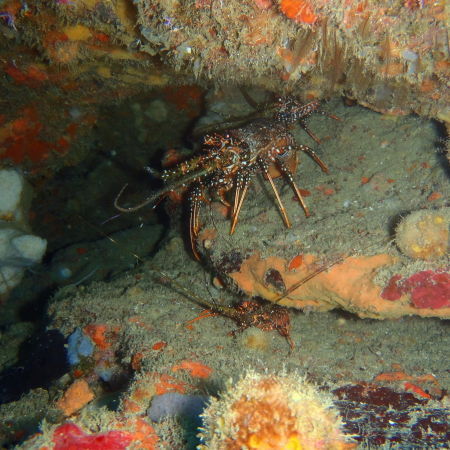
Ad honore, since 2018 with Mission Blue, we have worked to improve the effectiveness of Coral Reef Protection from a bottom-up strategy involving the local artisanal fishing community with environmental education. We intend it to be an example to the world that without breaking coral colonies have survived healthily and reproduce naturally. They could be a refuge against climate change that does affect other Caribbean reefs.

